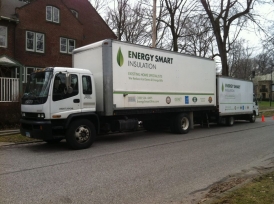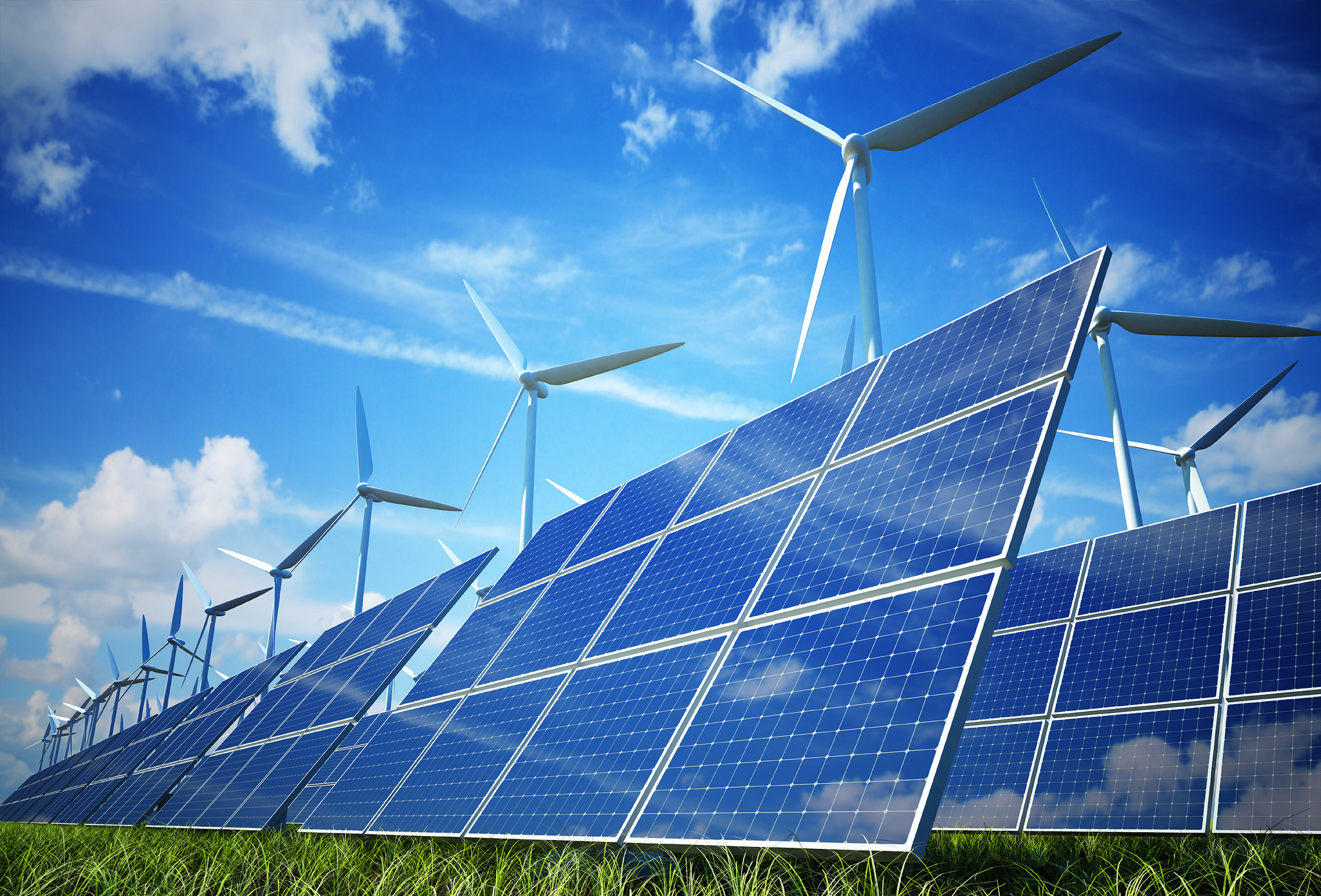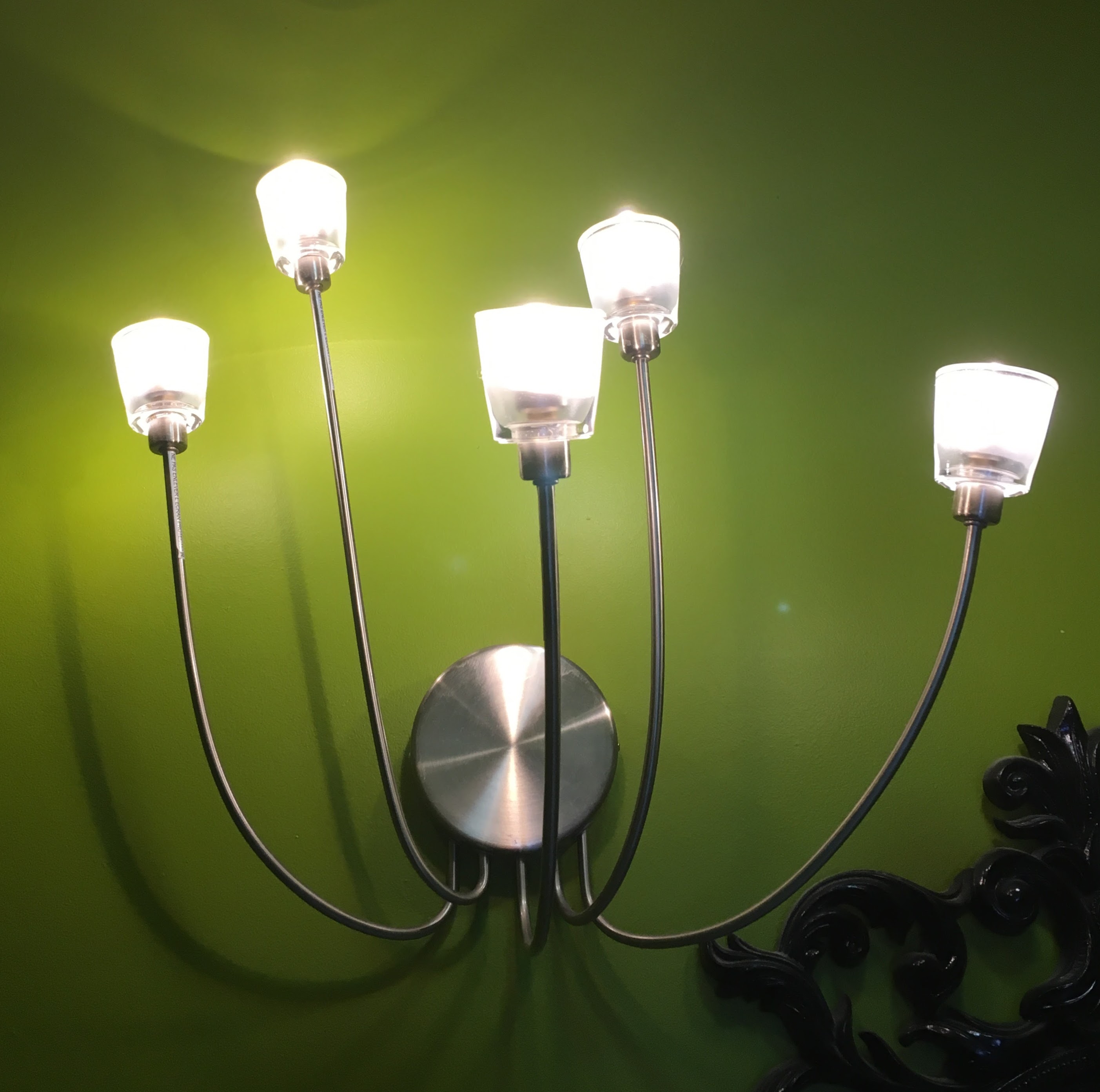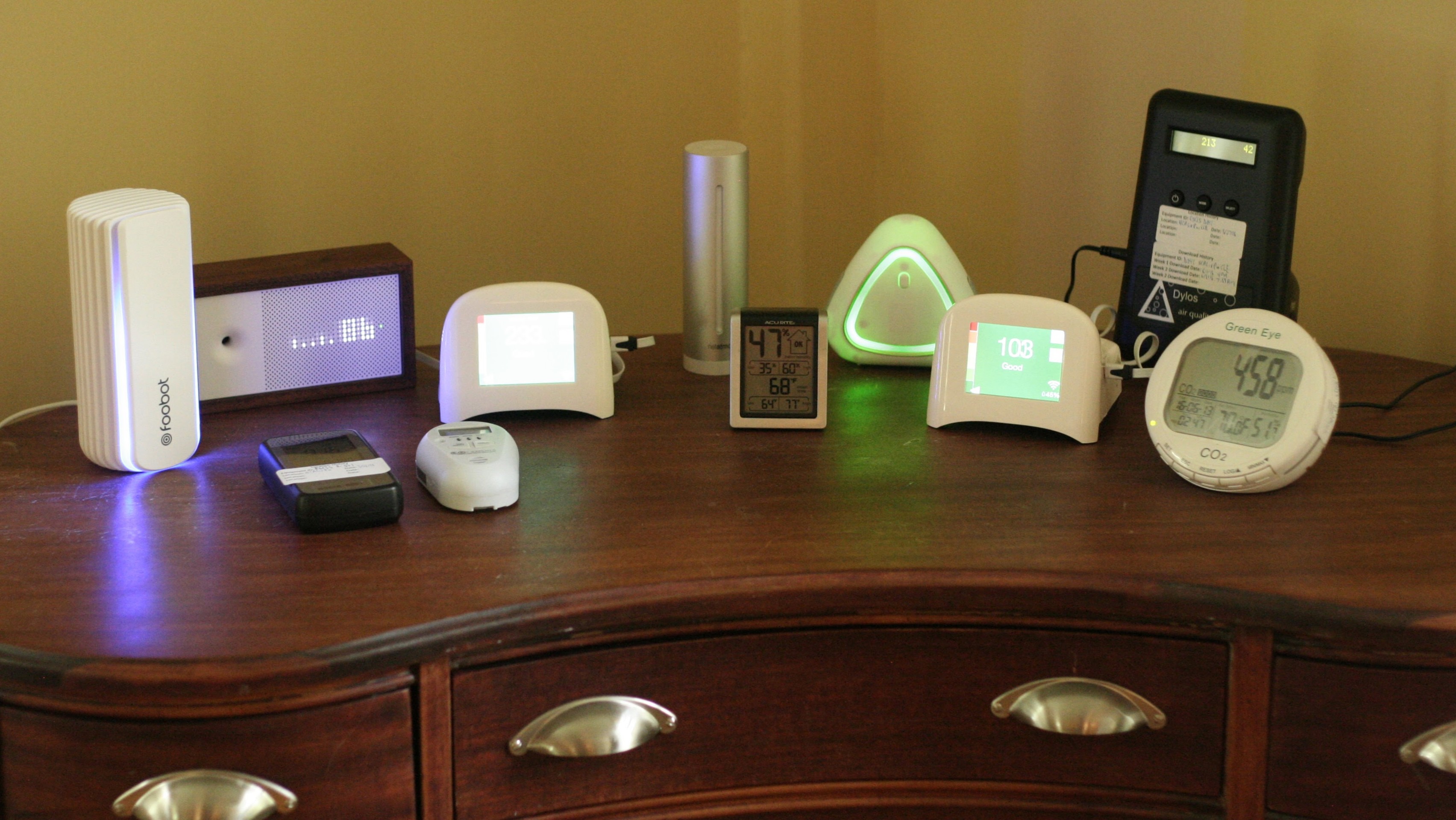First, check if your energy usage really is high using our free calculator.
Then read on to learn more about how our process works for your home, with a real example.
Is my house a Prius or a Hummer?
Want to save energy? First off, you want to know how your home ranks. Is it really that bad?
Grab a recent gas and electric bill (or propane/oil.) You also need to know how big your house is, an approximate square footage is fine. If you don’t want to gather the info, read on and come back to this. Look for how much energy your home used in the last year, also known as annual usage. Put those numbers into this calculator:
Average Utilities: $2000
The average total utility bill in the US is about $2000. That’s gas, electric, and water. If your bills are substantially higher, you likely have some opportunity for savings. The math works best by far with fuel oil and propane.
Time for Brutal Honesty
 Projects Don’t Pay for Themselves, They Help Pay for Themselves
Projects Don’t Pay for Themselves, They Help Pay for Themselves
I need to be the bearer of bad news. If you have natural gas, your project is not going to pay for itself. It just isn’t. Typical annual savings from substantial Home Performance projects fall in the $200-$500 per year range in our market. That’s assuming natural gas for heat. Yep, pretty uninspiring. If you want your money back in 10 years, that means a project can only be $2000-$5000. If you want to solve a real problem in your home, those budgets are unlikely to be enough. Yep, I’m a wet blanket.
My industry has for years screamed from the rooftops about how these projects pay for themselves. (I was guilty too until just recently.) It’s a false narrative. One we won’t tell you. What we can say with confidence, though, is that projects help pay for themselves. That $200-$500 per year is about $20-$40 per month. While $20-40/month is not going to pay for the project outright, it will help pay for the project.
If you have fuel oil or propane, your project might (emphasis on might) be self-funding. A self-funding project is where energy savings are large enough to make the payment on the loan for the upgrades. Again, don’t bet the farm on it, fuel prices change. We track to see what happens, by the way.
Efficiency Alone Is a Terrible Goal!
If you only want to save money, please don’t engage us. Yes, that’s blunt. Here’s the deal, though. When push comes to shove, you’re likely to need to spend a good deal of money to be able to save energy. If saving energy is your primary goal, you’ll probably stop before actually doing a project. That’s a lot of wasted time, effort, and money. It’s inefficient. (That was a geeky joke.)
We also find that when energy savings is the primary goal, other goals tend to get forgotten. Cheaper but inferior methods are used. In the end nothing gets solved and disappointment reigns. Chasing efficiency usually takes all of our eyes off the proverbial ball.
We pride ourselves on solving problems, so projects with poor results are not something we want. See our Case Studies to understand the results we’ve gotten for clients, and how.
Efficiency Is a Natural Result
Instead, if we focus on solving problems, your home will naturally become efficient. It just happens when projects are carefully designed and executed. A few typical problems to focus on are:
- A bedroom that’s frigid or sweltering depending on the season
- Your kitchen that’s so drafty you don’t like to work in there
- A bathroom that turns you into an icicle as you stand there cold, wet, and naked
- A family room the family doesn’t want to spend time in because it’s drafty
- A second floor that is more than 2-3 degrees warmer than the first
- Icicles so big they touch the ground
- A damp, musty basement
- Allergies or asthma that are triggered indoors
Those are good goals. They are typically worth enough to justify a budget that’s likely to solve them. We won’t be putting bandaids on gunshot wounds and calling it a day. We’ll actually heal the patient. Efficiency will happen naturally, where it can help pay for the project.
Energy Savings Example with Fuel Oil
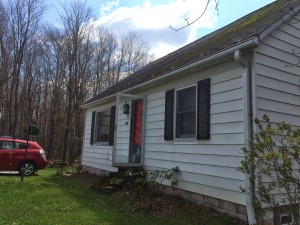 I promised an example. This client home has a frigid master bedroom and family room. Blankets are required all winter. There are a few damp spots in the basement that can use a little attention. The roof needs to be replaced, so we’re going to tackle air sealing and insulation as part of that process. It heats with fuel oil which is substantially more expensive than natural gas, or electricity when using a heat pump. This will be a 2017 project.
I promised an example. This client home has a frigid master bedroom and family room. Blankets are required all winter. There are a few damp spots in the basement that can use a little attention. The roof needs to be replaced, so we’re going to tackle air sealing and insulation as part of that process. It heats with fuel oil which is substantially more expensive than natural gas, or electricity when using a heat pump. This will be a 2017 project.
Note that they have problems to solve, energy savings is just a natural outcome of solving other problems. If they were chasing efficiency alone, it’s unlikely that they would execute the project. Remember, if you have natural gas your numbers will look much, much worse than this.
Here is what the math looks like from three different options we presented. These numbers are from the energy modeling software we use, which predicts energy savings from different mixes of fixes. The Comprehensive Planning Process (Step 3) includes these, so you will get a report like this.
Note that the savings in Package 2 jumps up very high. This is thanks to a heat pump being a much less expensive way to heat a home compared to fuel oil at the prices we put into this report. A heat pump is an air conditioner that not only cools, but can heat, too.
We used $3.00/gallon of fuel oil, which is too high today, but may not be in the long term. It was the average of the bills the client gave us. We used $.11 per kilowatt hour which is about right. The actual savings this year would be lower because fuel oil is less expensive. We try to think about costs over a 15-20 year horizon because that’s how long furnaces last. It’s also why we prefer to look at fuel usage versus dollar savings. Fuel usage is much easier to measure.
A basic heat pump can handle heating this home likely down to somewhere in the 10-20 degree range, then the fuel oil furnace would take over. The heat pump would handle about 90-95% of the year. For Package 3, we removed the furnace and changed to a higher end heat pump that works better in colder weather.
By using energy modeling, we help take the emotion out of deciding what upgrades to make. Otherwise everyone would change their windows and be disappointed by the energy savings and comfort improvements. Energy modeling helps get your rational and emotional sides going in the same direction.
It’s all part of our carefully orchestrated process to solve the problems you want to solve.
Fuel Arbitrage Is Not Energy Efficiency
One last key point about energy savings. Simply switching fuels is not energy efficiency. It’s fuel arbitrage.
Natural gas is a heck of a lot cheaper than fuel oil or propane at today’s prices, but it will use a similar amount of heat to heat your home. It’s fuel arbitrage, you aren’t actually saving energy. You’re just paying less for it. That’s ok, but don’t shout from the rooftops that you’re saving energy. You’re not. I’m in wet blanket mode again.
If electricity is produced with a fossil fuel like coal, natural gas, or oil, switching to electricity with a heat pump is still fuel arbitrage. About 60-70% of the energy used to produce that electricity is lost before it gets to your home. About 50-60% of it is lost in waste heat going up the smoke stack, and another 6% is lost transmitting it over power lines to your house. So you didn’t really gain any efficiency versus burning fuel oil, propane, or natural gas to heat your home. It’s still fuel arbitrage.
Renewably Produced Electricity and Heat Pumps to the Rescue!
Finally! I don’t have to be a wet blanket! The big exception is renewably produced electricity. While you can argue that solar panels are only 20% efficient, they are using energy that would otherwise simply hit the ground. Renewable energy sources like solar, wind, and hydroelectric dams produce energy without a fuel being burned. The 50-60% loss I mentioned above doesn’t happen. Only the 6% loss as the electricity goes across the power lines to your home happens.
Heat pumps are typically 200%-400% efficient. If you put one unit of energy into them, you get 2-4 units of energy out. That’s because they aren’t making heat by burning something, they are simply moving it from one place to another. An air conditioner doesn’t actually cool your house. Instead, it moves heat from inside your house to outside your house. A heat pump moves heat from the outdoors to the indoors. It seems strange to take heat out of cold air, but that’s what your fridge does every day.
When you combine renewable electricity with heat pumps, you get true energy efficiency. You literally double or quadruple the energy produced by the sun or the wind.
That is a big reason that we like to switch clients to being all electric with heat pumps. Everything in your home now has a good or even great option to switch to being all electric. If you have a fuel oil or propane heated home, it’s almost a no-brainer. (See the Tangibly Help the Environment page for more on all electric options.)
The actual energy savings (not the dollar energy savings) are often spectacular when switching off of a fossil fuel to heat your home. 50-80% is not uncommon. That’s real energy efficiency! And client problems got solved at the same time.
While heating with a heat pump is marginally more expensive than heating with natural gas, it’s not that far off. Plus removing a gas meter saves the $25/month meter fee here, or $300/year. The difference in heating cost often falls in that range, so it’s close to a wash in many cases. Heat pump homes are typically far more comfortable than furnace heated homes, to boot. (See our HVAC Basics and HVAC Sizing chapters for why.) It’s a win-win-win.
We’ve now switched four homes off of natural gas and onto electricity. Gas meters were removed. Energy costs are comparable for heat pumps, even in cold Cleveland Ohio. See the case studies on them for more:
- 1890 Habitat for Humanity Deep Energy Retrofit
- 1900 Hiram College TREE House Project
- 1900 House of the Future
- 1918 House of the Future
Conclusion
Now you have a realistic view of energy savings. Here’s what we learned:
- If you heat with propane or fuel oil, the math might be ok.
- Not so much for natural gas.
- “Pays for itself” is usually a lie.
- Efficiency is a lousy goal, the main goal should be to solve comfort or health problems.
- You saw an actual energy model report showing and explaining simple payback and SIR.
- Fuel Arbitrage is not energy efficiency. It’s just paying less to do the same thing (heat your home.)
- Renewable Electricity is the best way to achieve energy efficiency. Very little energy is lost, and if you use a heat pump, you can 2x-4x that energy into heating or cooling your home.
So, what are you trying to solve in your home? Keep reading up, but when you’re ready click “Get Started” at the top of every page to get an initial consultation and begin the planning process to making your home an awesome place to live.
Related Pages
The Three Most Important Things to Make Your Home Comfortable and Efficient




